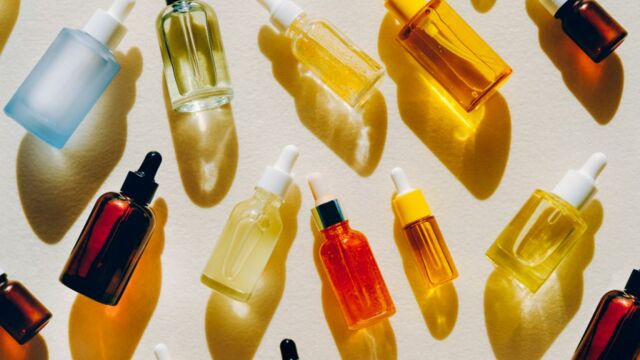Some people don’t just ‘wake up like this,’ and there’s a whole process happening behind the scene that creates that effortless look. However, the skincare routine is therapy for a lot of people - while some a workout, others gua sha.
Discover our latest podcast
I have yet to meet a person that doesn’t have retinol on their shelves or on their wanted list. But there is a lot of confusion as to what this skincare buzzword is, apart from the fact that we know it is good for your skin.
What is retinol?
According to Cleveland Clinic, retinol is a form of vitamin A, which is said to rejuvenate skin and enhance collagen production (that is on a downfall once you enter your 30s).
However, with that being said, you cannot just slap retinol into your skin without research and slowly testing it into your skin. While generally safe, your skin might reject it at first and eventually you might get unwanted side effects.
The golden rule is finding the type of retinol that works for your type of skin, and gently building up a tolerance. Although this does not sound ideal, it is worth waiting, since retinol is regarded to be the holy grail of smooth skin and a bright complexion that reduces fine lines and skin pigmentation.

When to start using retinol?
As said earlier, your collagen decides to stop its production by the time you hit your 30s (well, that’s just great), so it is retinol that steps in by compensating the cell turnover that collagen stopped providing.
With this being said, it is recommended to start the regime as early as your mid-twenties. If you are over 30, that doesn’t mean you are late and should not be using retinol. On the contrary, you’re never too late to use it and see the benefits.
On the other hand, you might find that retinol does not work the same for you as it does for your friend. Especially if you suffer from rosacea, eczema or psoriasis, it is better to consult with your dermatologist first, as using retinol might be too strong for your skin.
How to use retinol?
Use a few drops of retinol starting once or twice a week and slowly build tolerance as you go. Although, you should keep in mind that your skin might not accept retinol and moisturizer at the same time, or you might be horrified to see ‘skin dandruff’ in your clothes. To avoid this, it is best to wait at least half an hour between products.
Sources used:
Cleveland Clinic: 'Retinol'
Read more:
⋙ Acne: Does drinking water really help your skin?
⋙ M&M’s: People are just finding out what exactly it stands for















